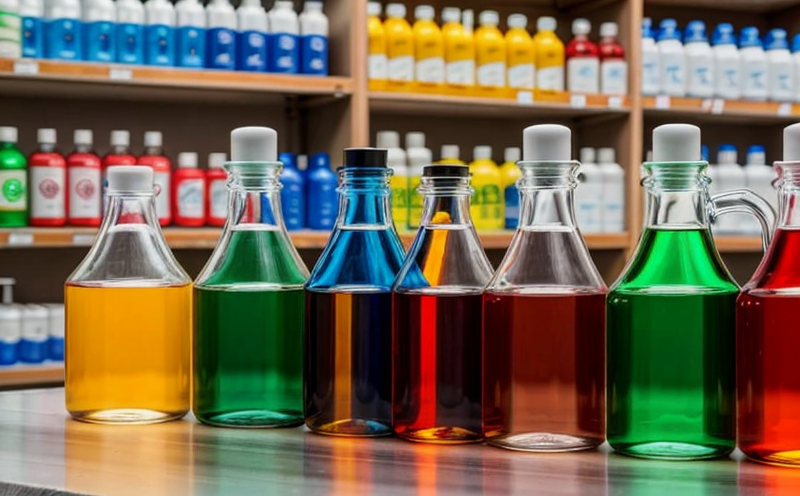OEKO TEX Formaldehyde compliance testing for certification
OEKO TEX formaldehyde testing is crucial for manufacturers and producers of textiles who are committed to delivering products that meet the stringent requirements set by OEKO TEX standards. The OEKO TEX Standard 100, which covers all stages of production from raw materials through finished goods, guarantees that textile articles do not contain hazardous substances.
Formaldehyde is a chemical widely used in textile processing to improve fabric properties such as softness and shrink resistance. However, excessive formaldehyde levels can pose health risks if they outgas during the product lifecycle. OEKO TEX testing ensures that only safe limits of formaldehyde are present, thereby protecting consumers from potential harm.
The testing process involves multiple steps, including sample preparation, extraction of formaldehyde, and quantification using analytical techniques such as high-performance liquid chromatography (HPLC). This method ensures accurate measurement of the free and bound formaldehyde content in textile products. Compliance with OEKO TEX standards is essential for companies aiming to gain market access, enhance brand reputation, and ensure consumer safety.
Companies that fail to comply face severe repercussions such as product recalls, legal action, and reputational damage. Therefore, investing in formaldehyde compliance testing early in the production process can save significant costs and resources later on. This service not only helps manufacturers meet regulatory requirements but also supports their commitment to sustainability and ethical sourcing practices.
The OEKO TEX Standard 100 specifies maximum permissible limits of formaldehyde based on various factors such as fabric type, end use, and target age group. For instance, clothing intended for infants may have stricter limits compared to adult wear due to higher sensitivities among younger individuals.
Compliance testing ensures that all products meet these stringent standards before they reach the market. By doing so, it protects both consumers and manufacturers from legal issues and negative publicity associated with non-compliance incidents.
Scope and Methodology
| Parameter | Description |
|---|---|
| Sample Preparation | Textile samples are cut into standard sizes and weights, ensuring homogeneity across all samples. |
| Extraction Method | The formaldehyde content is extracted from the fabric using a buffered aqueous solution at specific temperature and time intervals. |
| Quantification Technique | HPLC with UV detection is used to accurately measure the concentration of free and bound formaldehyde. |
Benefits
Compliance testing for OEKO TEX standards brings numerous benefits to businesses:
- Market Access: Ensure your products meet international safety and quality standards.
- Consumer Trust: Build trust with customers by providing safe, high-quality products.
- Competitive Edge: Differentiate yourself from competitors who do not comply with these rigorous standards.
- Risk Management: Avoid costly recalls and potential legal actions by identifying issues early in the production process.
Industry Applications
This testing service is applicable to various industries including clothing manufacturers, home textiles producers, and personal care product developers. It ensures that all products made using textile materials comply with the stringent requirements set by OEKO TEX standards.
- Clothing brands ensuring their garments meet safety regulations before launch.
- Home furnishing companies validating the safety of their drapery fabrics and bedding.
- Skin care product manufacturers verifying that their packaging materials are safe for direct contact with skin.





